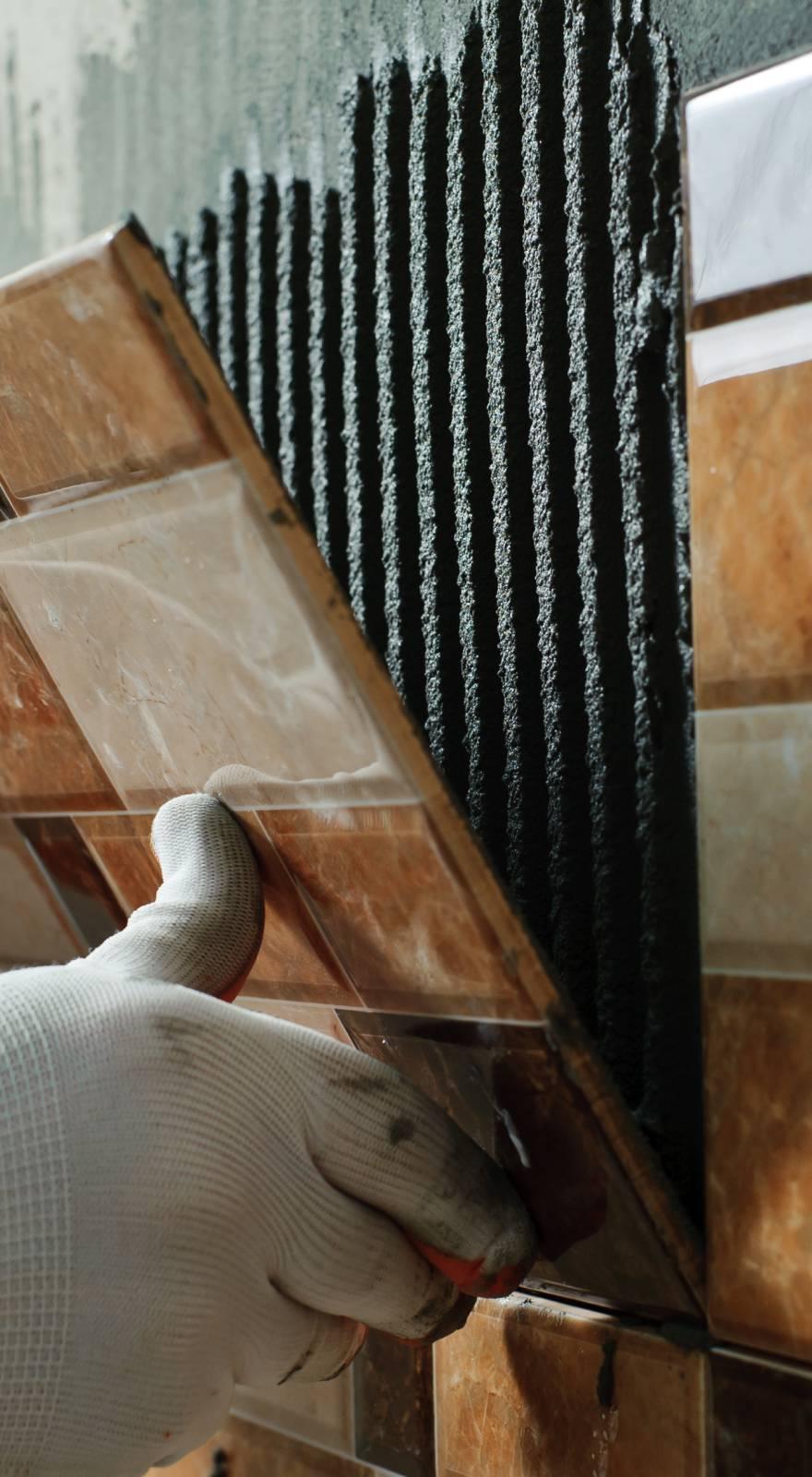Knowde Enhanced TDS
Identification & Functionality
- Chemical Family
- Product Type
- Technologies
Features & Benefits
- Ready-to-Use Product Features
- Features
- Meets USP Class VI biocompatibility standards for medical devices and implantation applications
- Adhesion to glass, quartz, metals, wood and most plastics is very good
- Ease of use in potting and casting, encapsulation and adhesive.
Applications & Uses
- Applications
- Application Area
- Applications
- Semiconductor applications : Flip chips underfill, glob top encapsulation over wire bonds, spin coating at wafer level including wafer level packaging.
- Fiber optic adhesive : Bundling fibers, terminating fiber into ferrule, adhesive for mounting optics inside fiber components, bonding glass cover slip over V-groove, spectral transmission of visible and IR light.
- Instructions for Use
- If PART A is solidified or crystallization hasoccurred, heat to 40-50°C until liquid. If full pot life isdesired, let cool to room temperature before use.
- Mix 100 grams of Resin, PART-A with 35 grams ofHardener, PART-B and vacuum degas.
- Apply to clean bonding surfaces and cure asrecommended to achieve the desired properties.
- Typical cured properties were determined usingrecommended cure schedule.
- Some difference in properties may occur with thealternate or other cure schedules.
Properties
- Typical Cured Properties
- Handling Properties
- Note
Typical Cured Properties : Tested at 25°C unless otherwise indicated
| Value | Units | Test Method / Conditions | |
| Specific Gravity | 1.1 | — | — |
| Hardness | 82 | Shore D | — |
| Lap Shear Strength to Aluminium | 2300 | psi | — |
| Service Temperature Range | -55 to 200 | °C | — |
| Glass Transition Temperature (Tg) | 82 | °C | — |
| Coefficient of Linear Thermal Expansion (Below Tg) | 61 | 10⁻⁶/°C | — |
| Coefficient of Linear Thermal Expansion (Above Tg) | min. 150 | 10⁻⁶/°C | — |
| Dielectric Constant (at 1 kHz) | 4 | — | — |
| Dissipation Factor (at 1 kHz) | 0.012 | — | — |
| Volume Resistivity | 1x10¹³ | ohm-cm | — |
| Refractive Index (at 25°C, 589nm) | 1.53 | — | — |
| Spectral Transmission (at 320nm) | min. 94 | % | — |
| Spectral Transmission (at 400-1200nm) | min. 99 | % | — |
| Spectral Transmission (at 1200-1600nm) | min. 98 | % | — |
| Value | Units | Test Method / Conditions | |
| Adhesive | Part A | — | — |
| Hardener | Part B | — | — |
| Mix Ratio by Weight (Adhesive/Hardener) | 100/35 | — | — |
| Mixed Viscosity (at 25°C) | 200 - 500 | cps | — |
| Pot Life (at 25°C, 100 grams) | min. 8 | hours | — |
Regulatory & Compliance
- Certifications & Compliance
Technical Details & Test Data
- Curing Information
- Recommended Cure : 3 hrs at 80°C
- Alternate Cure Schedule : 1-2 days at 25°C
Safety & Health
- Safety Information
- For Industrial Use Only : Practices of good housekeeping, safety and cleanliness should be followed before, during and after use.
- Warning : Although the system contains low volatility materials, care should be taken in handling. Adequate ventilation of work place and ovens is essential. These materials may cause injury to the skin following prolonged or repeated contact and dermatitis in susceptible individuals. In case of skin contact, wash thoroughly with soap and water. For eyes, flush immediately with plenty of water for at least 10 minutes and seek medical attention. Refer to Material Safety Data Sheet for additional health and safety information.
Storage & Handling
- Shelf Life
- 1 Year
- Storage & Shelf Life
The shelf life of these materials is one (1) year when stored in unopened containers at an average temperature of 25°C.







